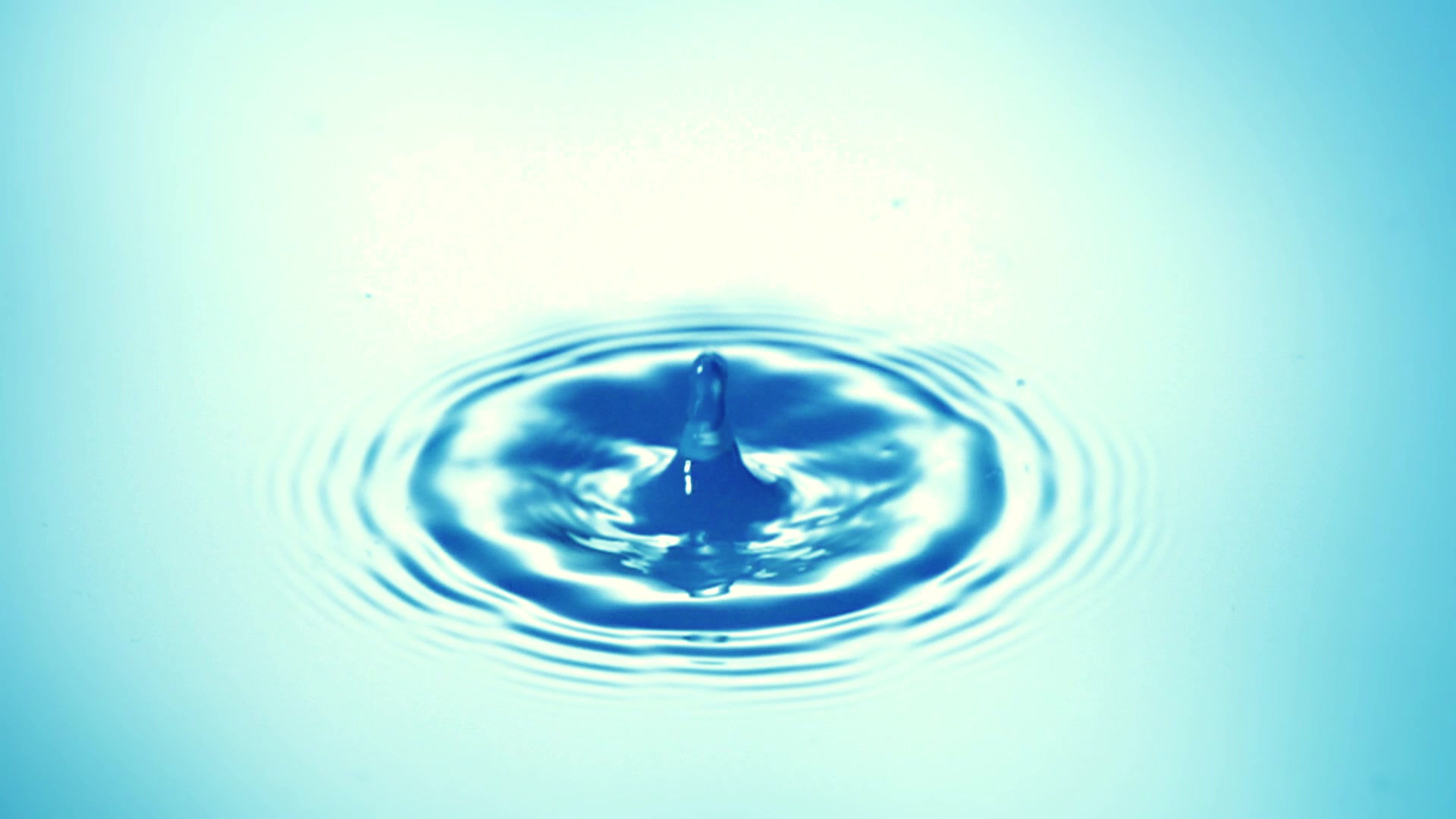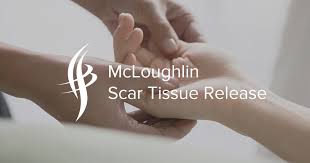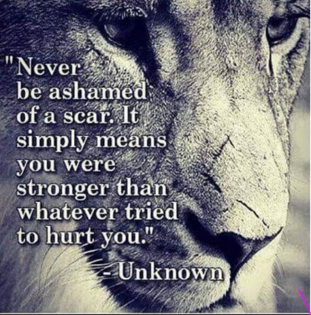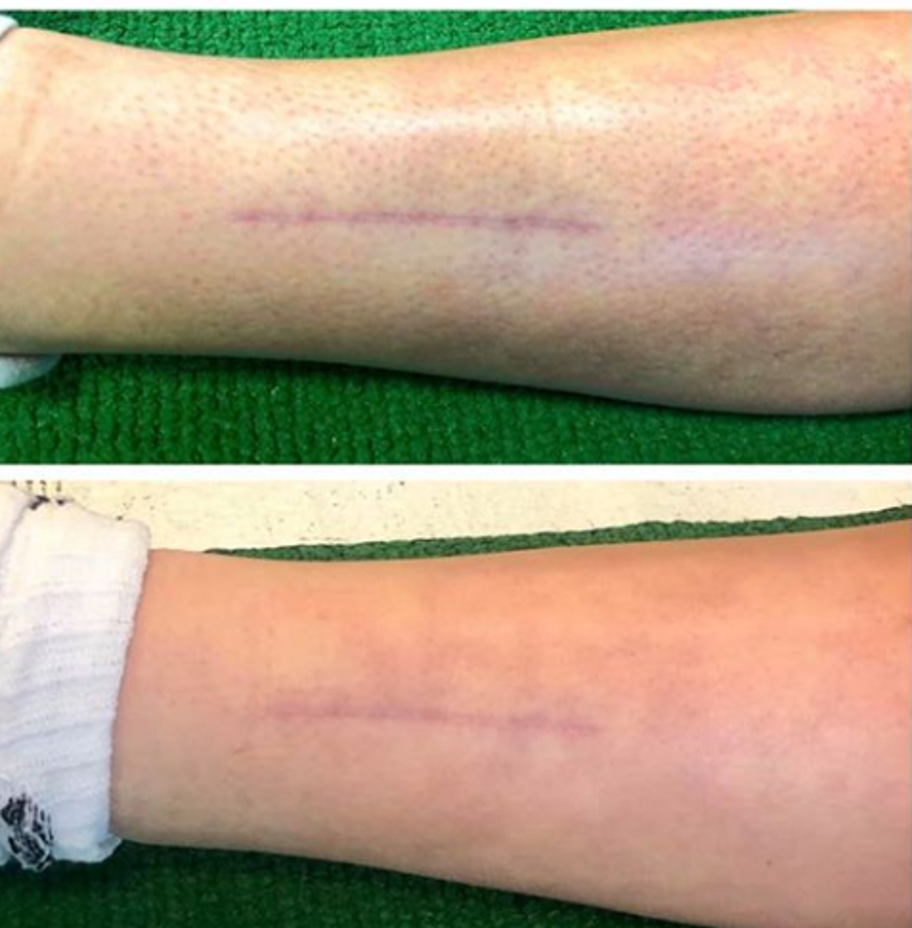M.S.T.R® Scar Release Treatment
- Back To Balance

- Mar 3, 2020
- 3 min read
M.S.T.R® Scar Release Treatment
What types of scars is this treatment useful for? It is chiefly applied for any scarring due to surgical intervention – even from decades ago. And it can be extremely effective for long or short term scarring such as:
· Caesarean section scars
· Hysterectomy scars
· Spinal surgery scars
· Trauma scars from lacerations such as head wound scars, stab wounds, bullet wounds
· Mastectomy scars
· Amputation scars
· Underlying scar tissue from laparoscopic surgery
What kind of symptoms can improve using MSTR® technique?
Symptoms associated with scar tissue that may improve include:
Numbness or desensitisation in or around the area of the scar
Pain Feeling of disconnection between lower and upper body
(especially C-section scars) Hypersensitivity Burning Itching Nausea Physical appearance such as the texture and colouration
Many or all of these symptoms can change dramatically with one application…even after decades.
Figure 1.Scar Tissue. Misaligned Pre-Treatment. Aligned Post Treatment
Scar release is very fast & effective, and the results at each session (most scars require up to 4 treatments, depending on size), are IMMEDIATE. The presence of scar tissue can have a lifelong physiological effect on the body. The McGlouglin Scar Tissue Release Method was adapted to release restricted tissues, align the collagen fibres and restore balance and freedom of movement.
Scar tissue and adhesions are the result of our body’s natural healing process and it occurs both internally and externally. The process, if working correctly, is supposed to eliminate the scars and adhesions once the wound is healed. In some cases, a person’s body does not remove all of the scar tissue. In other cases, adhesions have built to help support the body due to poor posture, repetitive use or injury. The adhered tissue continues to spread which can trigger a cascading effect of compensations throughout the body. Did you know that a c-section scar can be a contributor to lower back pain as there is no bony surface for the scar to adhere to so it attaches it’s to the lower lumbar spine. Treating this scar nearly always reduces lower back pain.
MSTR Method is a series of fascial techniques that release and realign the restrictive tissue from the starting point (visible scar) to the end point (where the line of frozen fascia stops). This release system differs from traditional methods because it approaches the multi faceted matrix of fascia three dimensionally.
What is Scar Tissue? Scars are areas of fibrous tissue that have replaced normal skin, or other tissue, after injury. A scar results from the biologic process of wound repair in the skin and other tissues of the body. Scar tissue is never as functional as the original tissue it has replaced. With the exception of very minor lesions, every wound (both internal and external) results in some degree of scarring.
What are Adhesions? Adhesions are bands of scar tissue that anchor and support the wound. It binds all tissue it comes into contact with together. Adhesions will form whenever there is inflammation in the body. Although adhesions can occur anywhere, the most common locations are within the stomach, pelvis and heart.
A simple scar from a childhood accident to major surgery can have a lifelong effect both physically and mentally for your client Scar tissue has the potential to spread in any direction including internally throughout the body Scar Tissue can restrict movement or function anywhere in the body from a joint to an organ
I do not know what amazes me more, the body’s ability to respond so quickly to the release of adhered tissues or the shock on the patient’s face when their body is freed from its restrictions and pain.
Figure 2 C Section 5x 15 minute treatments
Figure 3 Post Foot Surgery - 4x treatments
Figure 4 Post Op Abdominal Surgery - 8 treatments
Figure 5Post Op Lower Leg Surgery - 4 treatments
Figure 6 Vehicle Accident scarring and skin graft - 7 treatments
Figure 7 The hole that is left through the skin after an injection through a microscope. You can see how this would lead to scar tissue with daily injections of insulin or other medications
Scar Fact Sharing Moment:
Puncture wounds typically don’t bleed as much as do incisions, lacerations, or abrasions. On the other hand, when the skin is punctured, bacteria and other infectious agents are often transported directly into the victim’s body. Puncture wounds can also be very difficult to properly clean. For these reasons, puncture wounds often take a long time to completely heal, and the scar tissue (collegen fibres), can trap infection.
























Comments